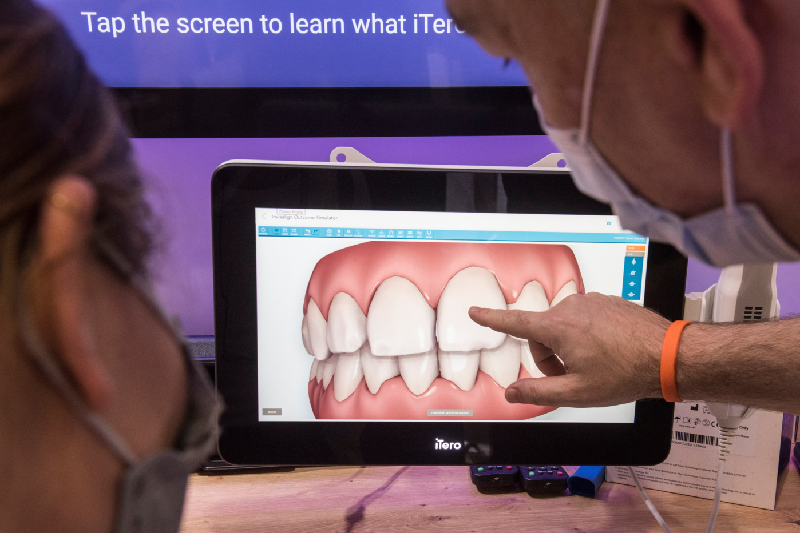Cobalt is registered as a substance in the EU under the European Chemicals Regulation REACH (Registration, Evaluation, Authorisation of Chemicals). Under the CLP Regulation (Classification, Labelling and Packaging of Substances and Mixtures) cobalt is assessed as a “CMR substance”, in specific terms cobalt is subject to harmonised classification as carcinogenic category 1B, mutagenic category 2, toxic to reproduction category 1B. MDR requirements Cobalt is a component of medical devices and is used in dental products including alloys (cobalt-chromium). The MDR, which must be applied from 26.05.2021, sets out limitations for the use of CMR substances. According to Annex I Section 10.4.1 of the MDR, category 1A & 1B CMR substances may only be contained in a concentration of more than 0.1% by mass fraction if there is a specific justification for the presence of this substance. According to Annex I Section 10.4.2 of the MDR this justification must, in particular, be based on an analysis of the potential exposure of patients or users to the substance, an analysis of possible alternative substances taking into account independent scientific studies and a reason why possible alternative substitutes are inappropriate in relation to functionality, performance and benefit-risk ratio of the product. Initial position Several manufacturers have provided rationales for continued use of cobalt in dental alloys. These manufacturers have collaborated and jointly concluded that cobalt may continue to be used in dental alloys. These grounds for justification are supported by the following considerations: High-corrosion-resistant cobalt-chromium alloys are used for fabricating dental restorations such as all-metal crowns or bridges, denture frameworks or implant abutments. Cobalt is responsible for the strength and ductility to withstand any masticatory forces that occur and achieve a high degree of elasticity. Evaluating alternative substances Possible alternative substances to cobalt have significant disadvantages: nickel-chromium alloys or beryllium-containing alloys have a much higher allergenic potential. Precious metal alloys have lower mechanical properties. Titanium and titanium alloys are greatly inferior with regard to their modulus of elasticity. The properties of other metals such as rhodium or iridium are not comparable with those of cobalt-chromium. Iron and copper would increase corrosion. Substitute substances also have disadvantages in clinical indications: In the case of metal denture bases and clasps there are no comparable alternatives to cobalt-chromium alloys due to their exceptional mechanical properties (spring-hard, flexible, corrosion-resistance, bending strength). High-gold-content alloys, titanium or more specifically titanium alloys, or zirconium dioxide-based ceramics can be considered for use with bridges in principle. High-gold-content alloys, however, do not exhibit the same strength as the corresponding cobalt-chromium alloys. If they are used, wall thicknesses and connector dimensions must be strengthened. The same applies for titanium and titanium alloys. If titanium-based materials are used, the ceramic veneerability would be altered for dental technicians. Cobalt intake Cobalt is ingested by humans through food. Data on the daily cobalt intake fluctuate greatly; the recommended values of scientific literature are between 5 µg and 82 µg per day. Cobalt-chromium alloys can release cobalt into the body due to corrosion, which leads to the formation of ions. ISO 22674 requires a static immersion test for this to prove the corrosion resistance. The limiting value of ion release is 200 µg/cm2 in 7 days. Cobalt-chromium alloys fall well below this value. The total ion release is between 0.5 and 20 µg/cm2 in 7 days. Cobalt can be released into the human body due to abrasion caused by masticatory excursions. Investigations into the release have found that the average abrasion value of cobalt-chromium alloy is 0.034 µg/d. Dental technicians can be exposed to an increased intake of cobalt by dust, aerosols and gases, in particular due to milling or grinding. Intake can, however, be prevented by health and safety measures such as extraction systems and face masks, and additional information in the instructions for use of the respective material. Exposure assessment Calculations show the total exposure due to abrasion and corrosion based on a worst-case scenario (custom-made dental laboratory restoration with a surface area of 45 cm2) is a value of between 0.59 and 4.97 µg per kg body weight per day. When crowning a single tooth, exposure value was only 0.00053 to 0.136 µg per kg body weight per day. In contrast the values, which the EFSA and AFSSA (European and French Food Safety Authorities) specify as the acceptable daily intake amount, are considerably higher. The EFSA and the German Federal Institute for Risk Assessment (BfR) specify this value with 10 and 1.6 µg per kg body weight per day. Conclusion The use of cobalt-chromium alloys is a valuable and currently irreplaceable mode of treatment in dentistry. The amounts of cobalt released by these alloys are very low and therefore acceptable. In comparison to daily acceptable intake amounts they are harmless. Additional comment The following companies collaborated in preparation of the statement:
- BEGO Bremer Goldschlägerei Wilh. Herbst GmbH & Co. KG
- Dentaurum GmbH & Co. KG
- Dentsply Sirona
- Kulzer GmbH
- Institut Straumann AG
The joint statement is available, upon request, from VDDI (Association of German Dental Manufacturers). Cologne, Germany, 08 June 2021 VDDI – Association of German Dental Manufacturers
Aachener Str. 1053-1055, D-50858 Cologne
![]() www.vddi.de
www.vddi.de
![]() stock@vddi.de
stock@vddi.de




